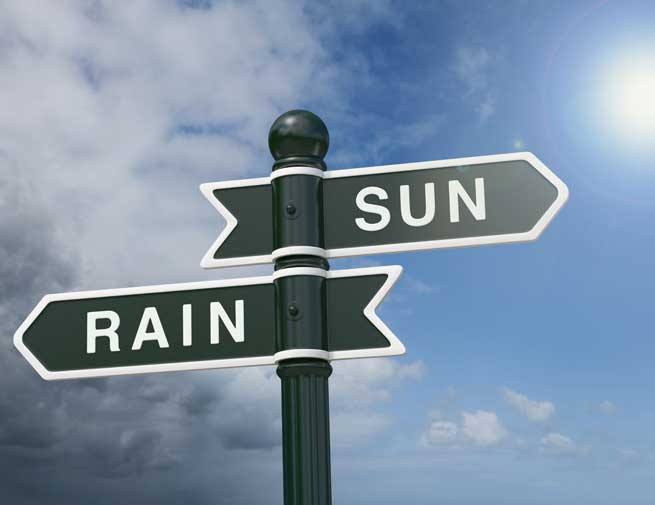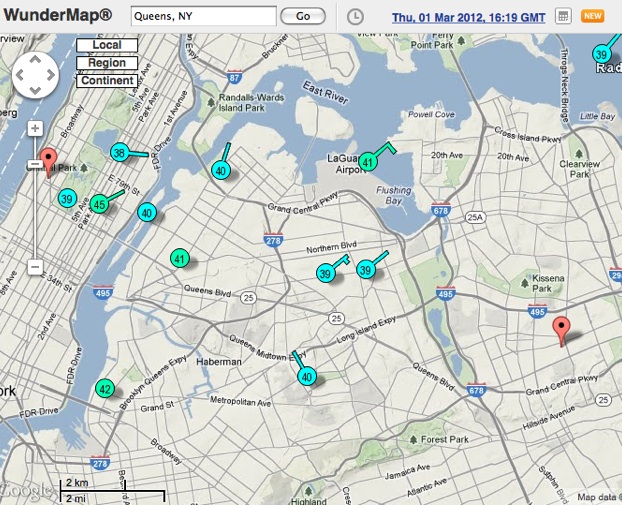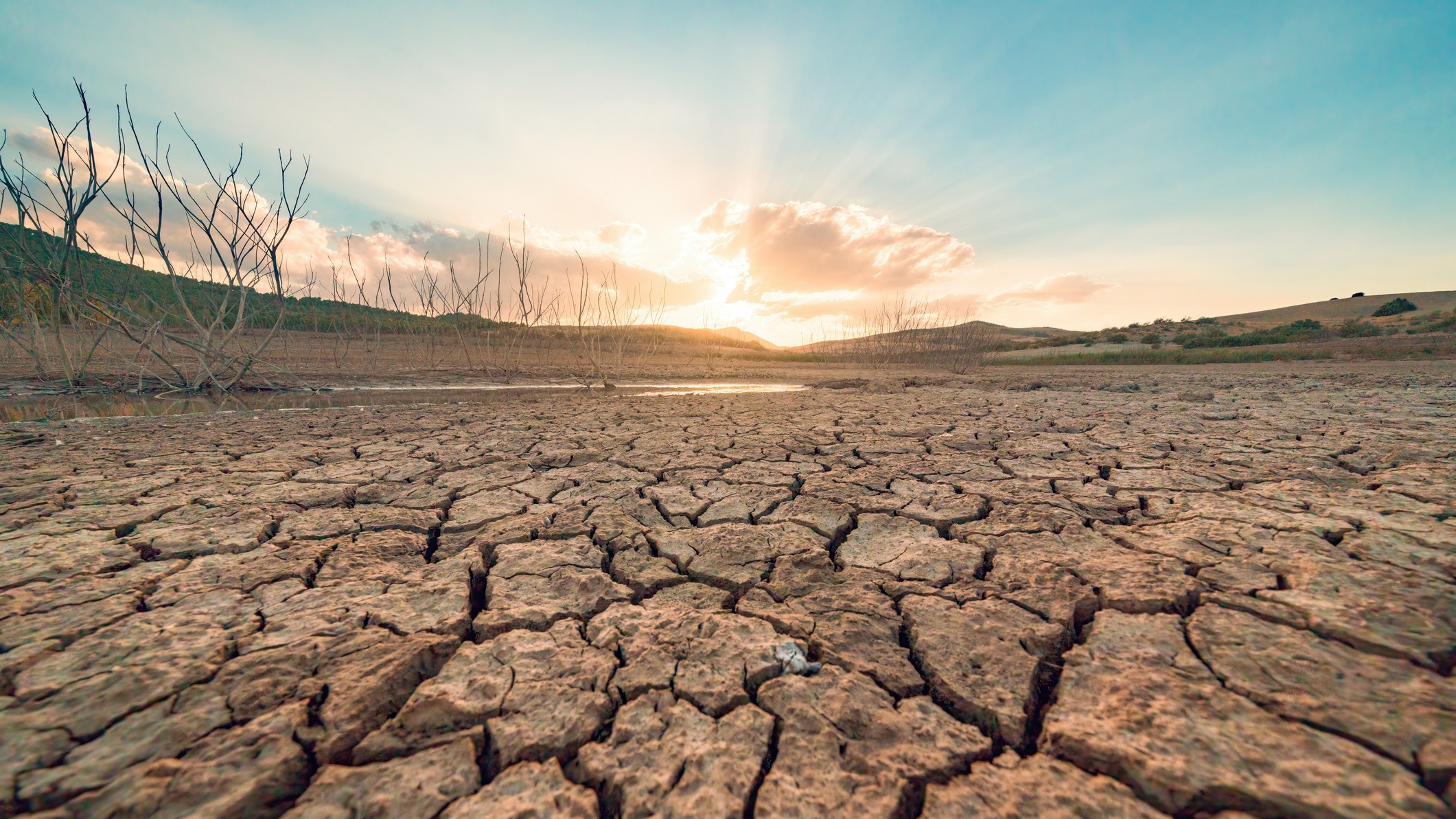Accurate Weather Forecast For Your Street


Accurate weather forecasts depend on data collected from weather instruments. Lots of 'em. The more data, the higher-resolution the "picture" of what's going on. But the National Weather Service doesn't have weather instruments on every street. But another place does. Well, almost.
The Weather Underground has turned to thousands of weather enthusiasts to collect weather data in order to produce forecasts accurate right down to the neighborhood.
The system is called BestForecast, and it's making it easier to account for microclimates that greatly influence local weather in places near oceans, lakes or mountains. Areas such as San Francisco are famous for that, with sunny weather on one side of the bay contrasting with fog in the city itself.
BLOG: Google Street View Goes Under The Sea
Weather Underground combines its data from weather enthusiasts with that from the National Weather Service and National Oceanographic and Atmospheric Administration, both of which have thousands of weather stations of their own. According to Weather Underground, that amounts to 16,000 weather stations run by local people in the United States and another 8,000 around the world. That's in addition to the 26,000 stations run by NOAA and the 1,000 stations the NWS runs. NWS also sends up weather balloons and has thousands of volunteers who are trained to provide data as well.
It's not clear how good accurate Weather Underground's forecasts are yet. The website posts its performance for a given locale against the NWS, comparing how they did forecasting the local high temperature. Checking out a few sort-of-random cities (New York, Boston, Madison, Wisc., San Francisco, Punta Gorda, Fla., Miami and El Paso) Weather Underground shows that it's consistently closer by a degree or so.
The temperature forecast isn't the whole story, though. BestForecast's additional data should enable better modeling and longer-range forecasts. But unlike the NWS, which trains volunteers and sets up stations, Weather Underground is relying on data from people who might not have perfectly calibrated equipment or placed their thermometers correctly (if you put it on a hot tar roof, that can mess up readings). While crowdsourcing the data should smooth over those kinds of errors, it still means that a comparison between the NWS and Weather Underground isn't so straightforward.
Get the world’s most fascinating discoveries delivered straight to your inbox.
NEWS: This Winter's Weirdly Warm Weather Explained
One big advantage, though, is the real-time nature of the data Weather Underground gets, which means one can see some interesting pattern. For instance, near my own ZIP code, I noticed that the forecast today was for showers (there aren't any at the moment) and about 40 degrees. But the personal stations in the area show that it's a degree or two cooler than that on the Upper East Side of Manhattan and in Central Park, and that for some reason the station at Hunter College is a full 46 degrees. A quick look at Massachusetts shows a slight temperature variation between downtown Boston and Cambridge, while San Francisco -- relatively thick with such stations -- shows strange patterns of local winds.
If BestForecast proves to be as good as Weather Underground hopes, then at the very least it might mean no longer asking if you need an umbrella in Brooklyn and not in Queens.
This story was provided by Discovery News.




